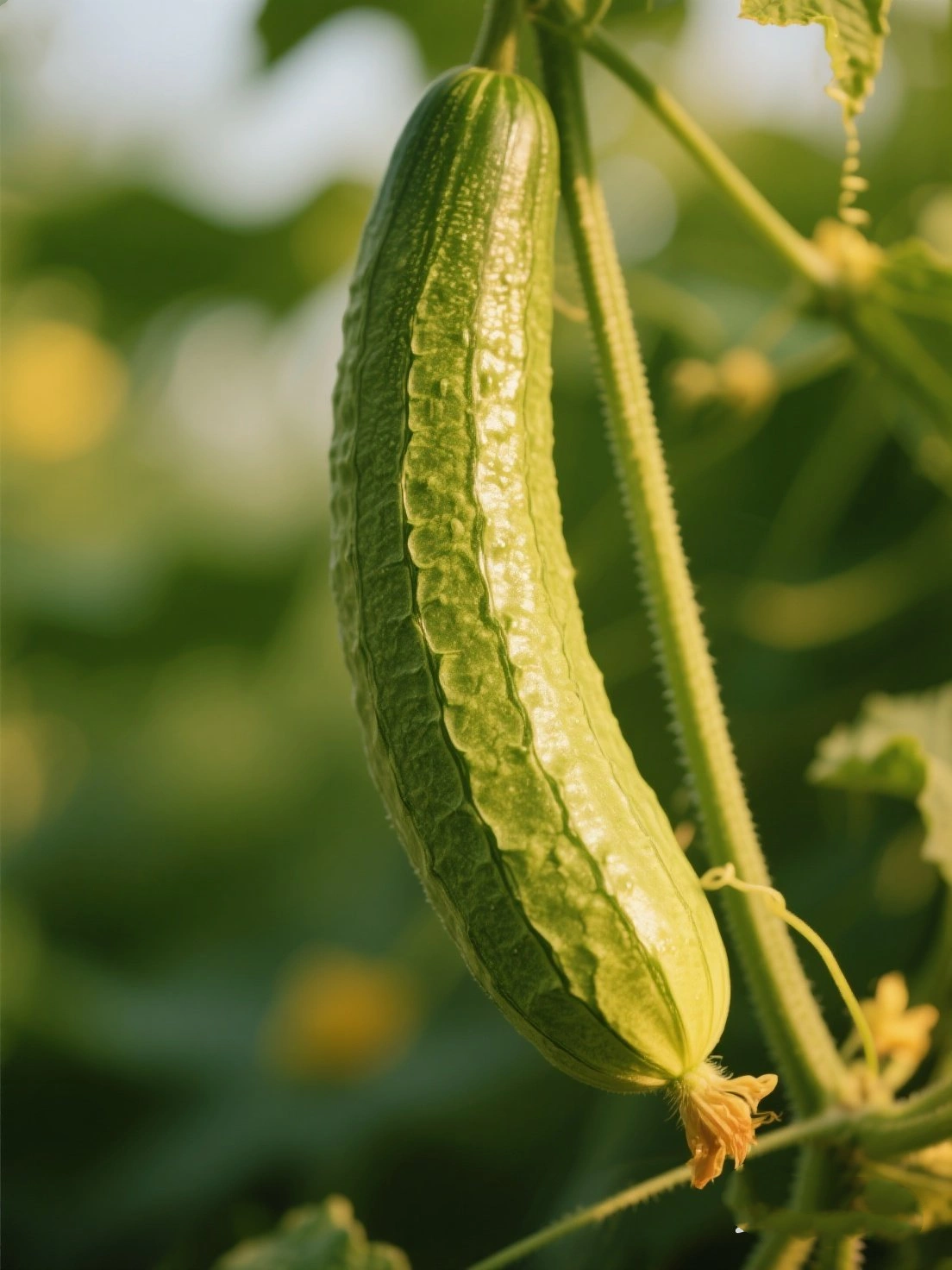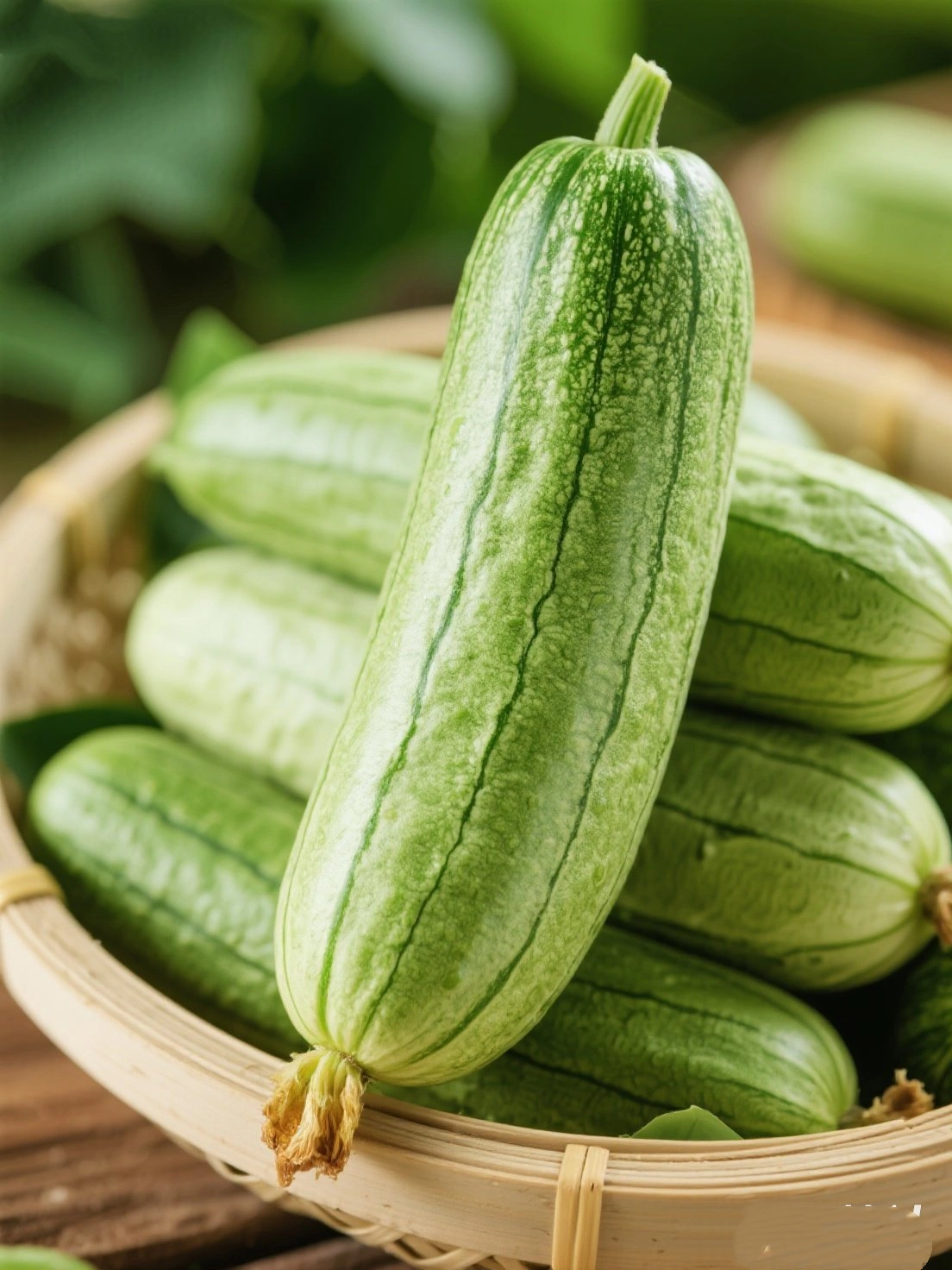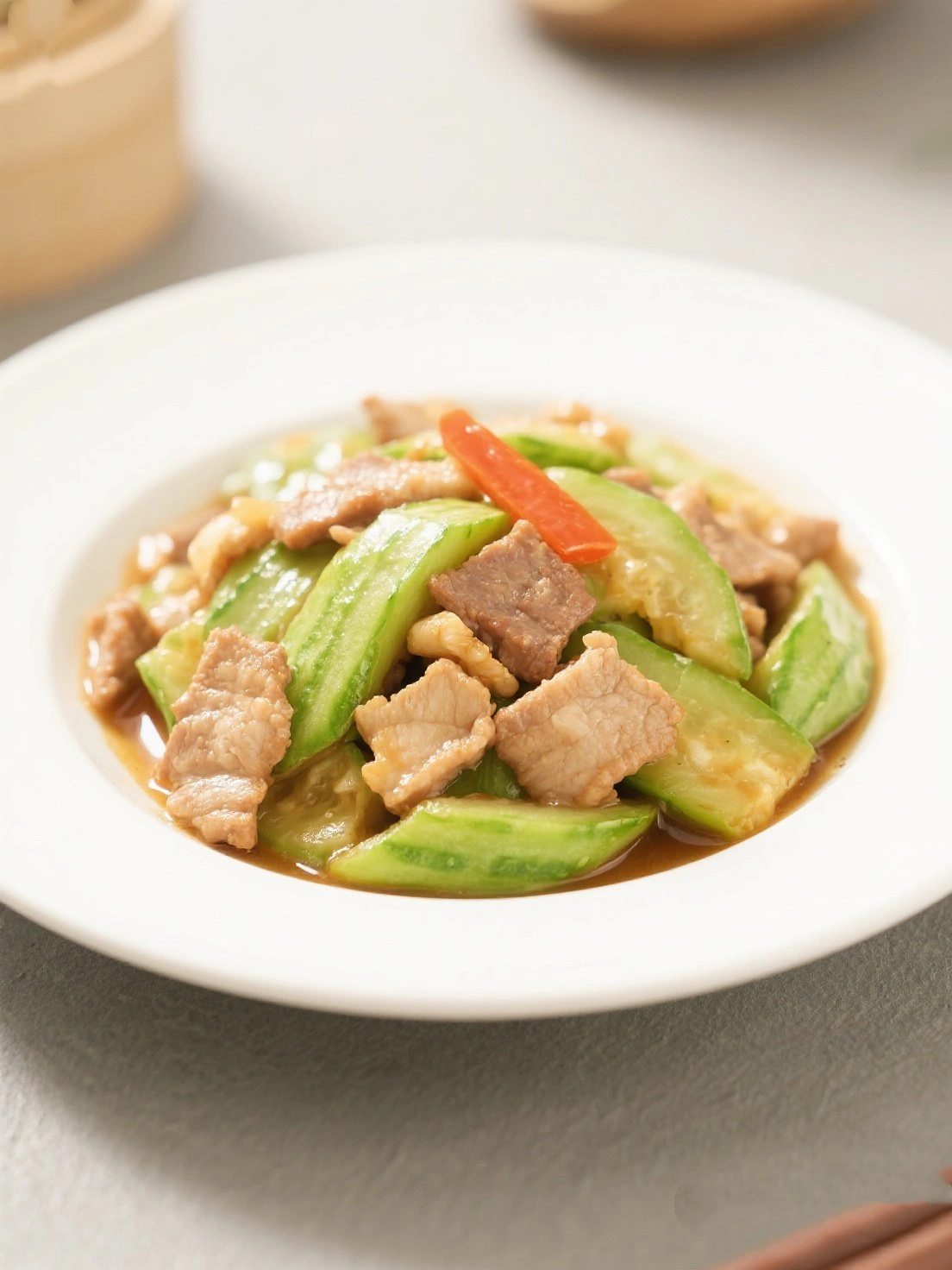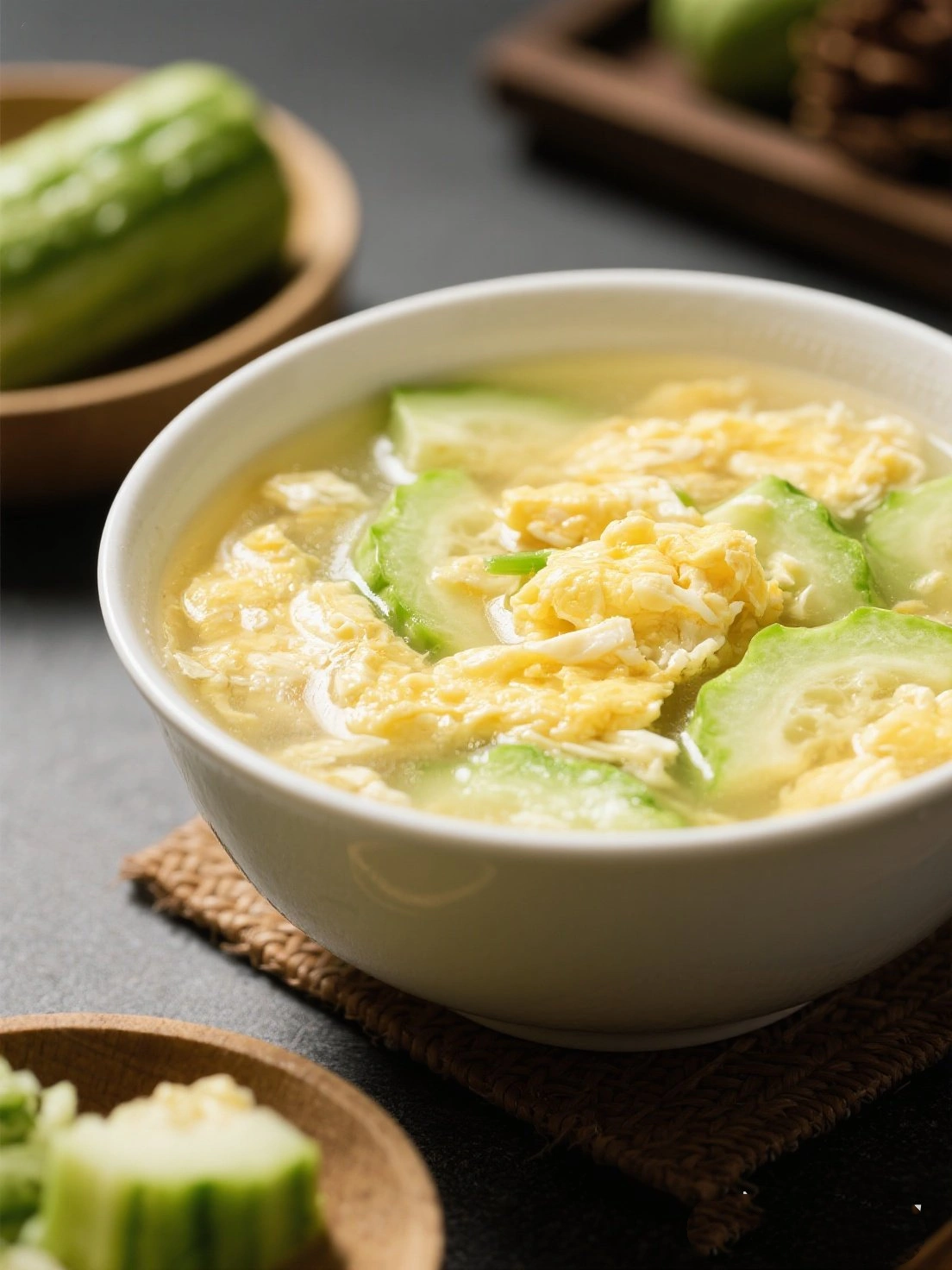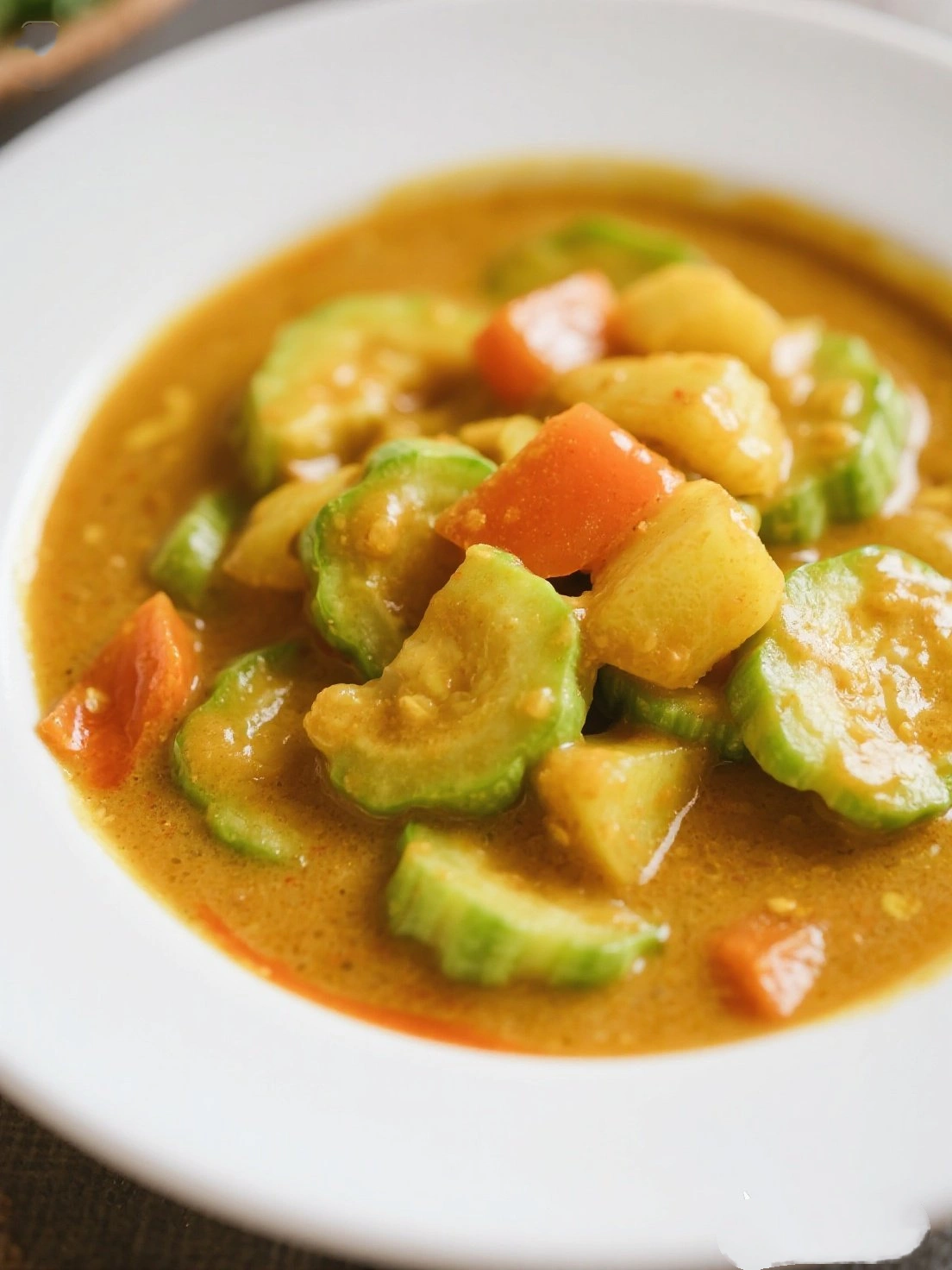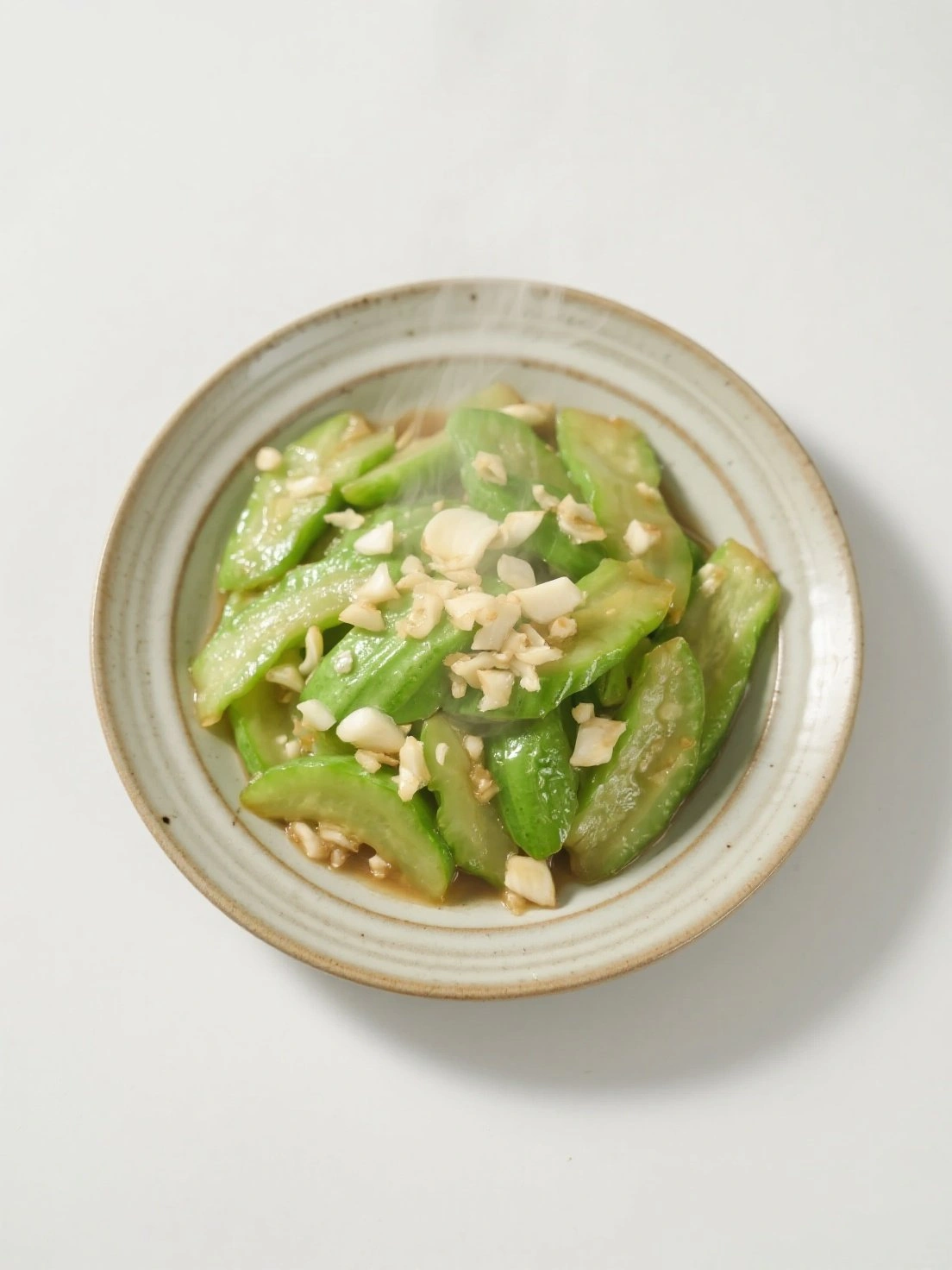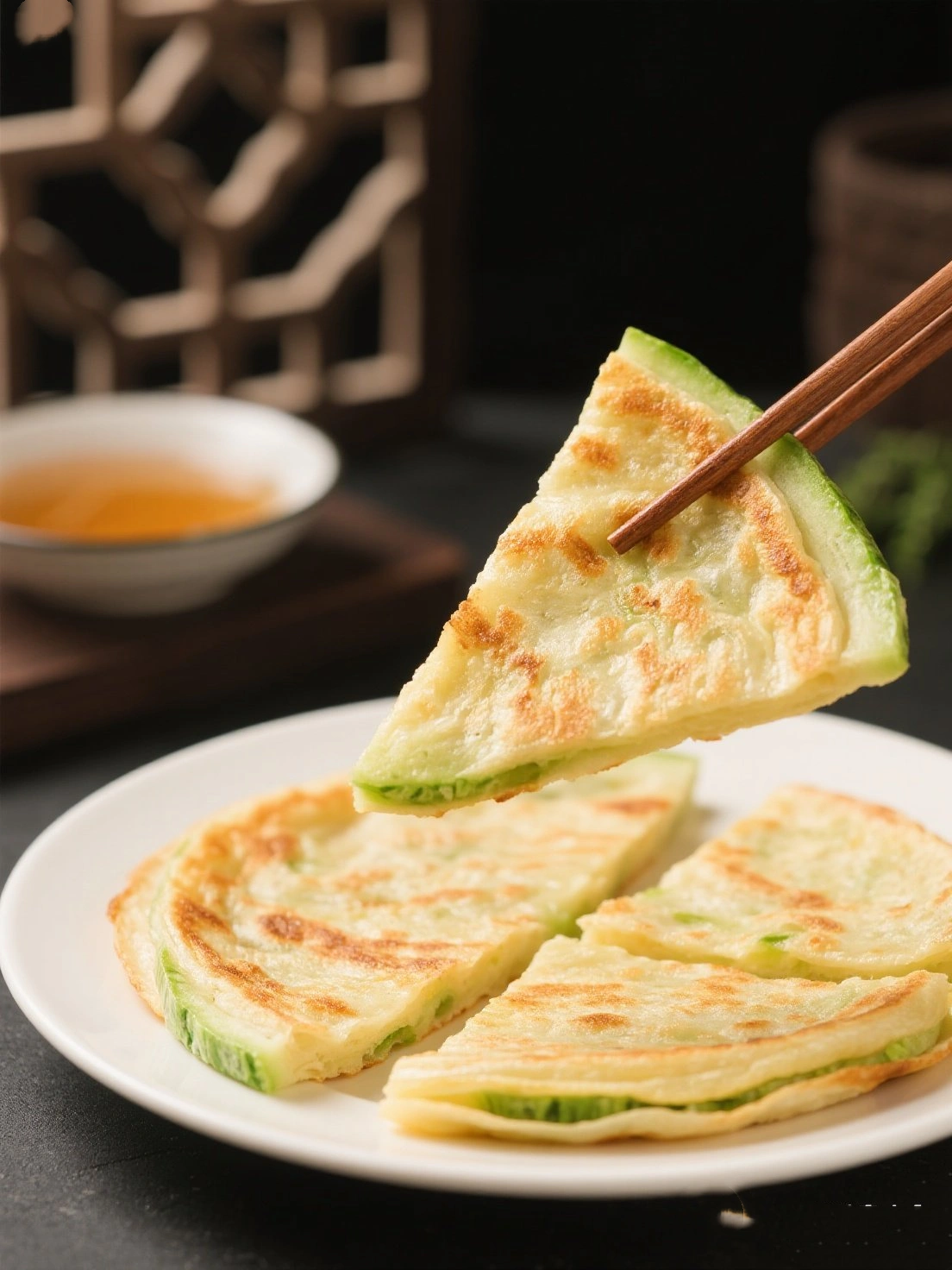Loofah (Luffa cylindrica), known as luffa in Chinese, is believed to have originated in South or Southeast Asia. Historical records show it was cultivated in China as early as the Tang Dynasty (618-907 AD) and was later introduced to Africa and the Americas. The young fruit is eaten as a vegetable, while the mature fibrous skeleton is used as a natural sponge.
In Traditional Chinese Medicine, loofah is considered cooling and slightly sweet. It's used to clear heat, resolve phlegm, promote blood circulation, and detoxify the body. The vine's juice ("丝瓜水") is collected and used as a skin tonic for its moisturizing and anti-aging properties. Modern TCM practitioners recommend loofah for respiratory conditions, joint pain, and skin disorders.
Today, China is the world's largest loofah producer, with major cultivation in Guangdong, Guangxi, and Fujian provinces. The vegetable is popular throughout Asia and is gaining recognition in Western countries for both its culinary and household uses.
